Understanding the Archaeological Record : The Aims and Subject Matter of Archaeology - Part 2
Understanding the Archaeological Record
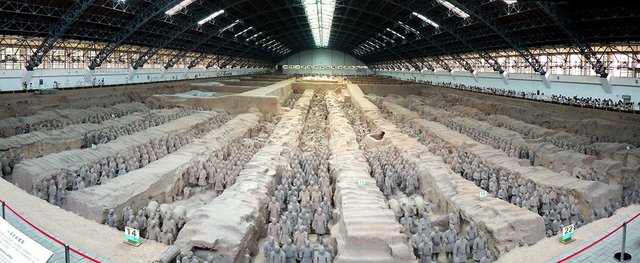
According to Fagan & Decorse (2005) the fourth goal, namely the pursuit of "understanding the archaeological record", involves attempts to determine how the archaeological remains were formed and preserved until their discovery and investigation by archaeologists. On the one hand this includes experimental studies aimed at identifying the factors which influence the preservation of archaeological remains, and on the other hand it includes ethno - archaeological studies in which the relation between human behavior and the patterns of distribution of artefacts and food remains is investigated among contemporary groups.
The Archaeological Record: The subject matter of archaeological investigation
The subject matter of the archaeological record comprises more than cultural objects alone.
The following is a possible classification:
- Artefacts:
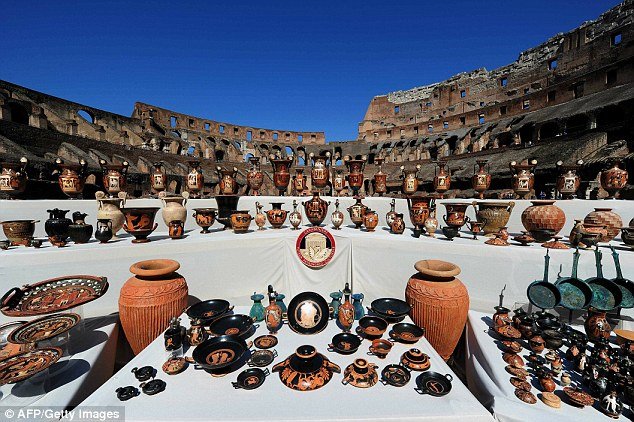
An artefact is "any portable object used, modified, or made by humans..." ( Renfrew & Bahn 1996:539), in other words material cultural creations such as tools and weapons, pottery and other equipment ( of stone, wood, plants or metal), ornaments and works of art.
Features are non-portable artefacts such as post-holes, hearths, storage pits, floors, etcetera.
Microliths, Monoliths and Megaliths
In addition to archaeological objects. A good example can be found in "lithics": stone tools or waste from stone tool manufacturing found in archaeology. Lithics are sometimes divided into:
- Microliths: Small stone tool, typically knapped of flint or chert, usually about three centimetres long or less.

- Monoliths: is a geological feature such as a large rock, consisting of a single massive stone or rock, or a single piece of rock placed as, or within, a monument.
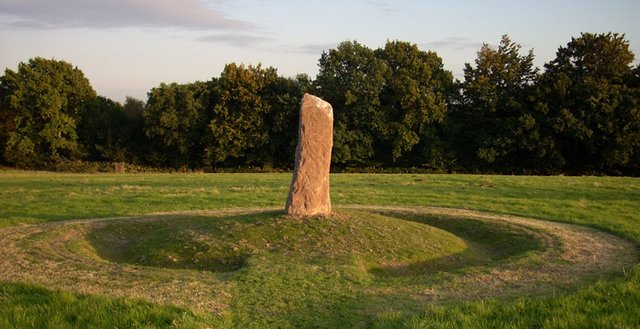
- Megalith: A large stone, often in association with others and forming an alignment or monument, such as large stones statues, or moai, for which the Easter Island is world-famous.
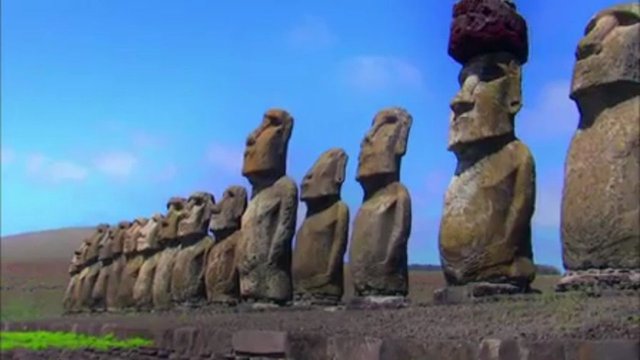
Structures are more complex features and refer to buildings of all kinds (hut, granaries, houses, walls, palaces and temples) but may also include structure and building that can be identified from post-hole patterns and other features exhibited in the ground.
Non-artefactual Organic remains (also known as ecofacts)
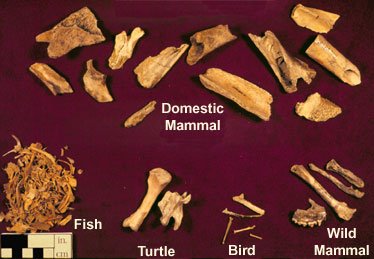
This term refers to any material remains that can shed further light on the economic life of early humans, for example the bones of domestic and wild animals.
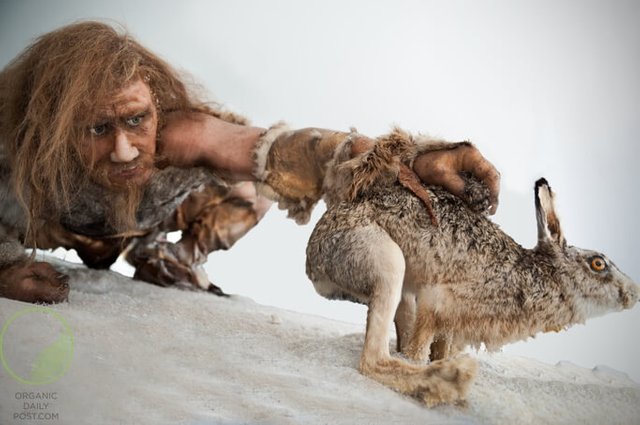
Materials of animal or plant origin can be used to interpret and reconstruct the lifestyle of humans, including diet, food production, nutrition and the seasonal occupation of sites. Associated finds such as the bones of domestic and wild animals, leather and plant remains (eg: wood charcoal) can also be used for dating purposes.
Ecofacts therefore refer to all archaeological finds that are of cultural significance but were not manufactured by humans, such as faunal and floral material as well as soils and sediments (Renfrew and Bahn 1996:541)
Cultural Landscapes
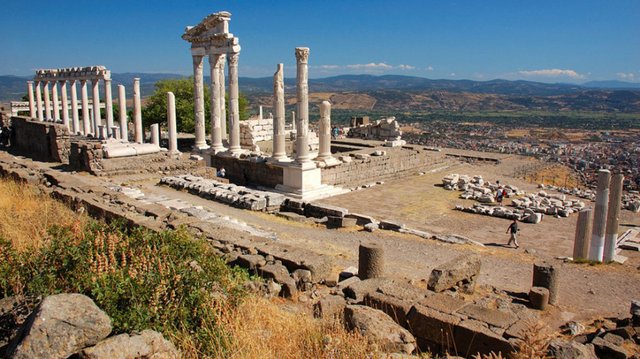
A cultural landscape refers to a distinctive geographic area with cultural significance. Although geographers have been using the term for many years, it is a more recent addition to the archaeological lexicon. Its use has been part of a recent trend to reduce the focus on individual artefacts and sites, instead conceptualizing areas as they were likely envisioned by those using them in the past (Muckle 2007:74).
Data that can help with the interpretation and reconstruction of the natural environment in which prehistoric communities lived.
Here we are referring to all data capable of shedding some light on the natural environment in which the people who left behind particular archaeological "documents" must have lived. We are particularly interested in the determination of climatic conditions, which can be inferred from the following remains:
-Geological: Such remains involve a study of the differences between the particular types of gravel and soil found in various deposits. Soils and sediments can be used to reconstruct paleo-environments(environments of the past), as well as particular activities at a site.

- Zoological: This refers to the (paleontological) study of animals remains. The presence of certain animal types may indicate particular climatic conditions. Shell isotopes can indicate particular climatic conditions. Shell isotopes can indicate water temperature changes. The presence or absence of certain animals types may indicate particular climate conditions, changes in the environment, etcetera.
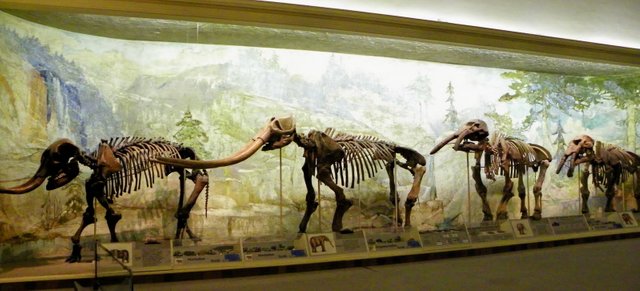
-Botanical: Apart from the analysis of vegetable remains mentioned above, a pollen analysis of certain deposits can be an important source of information. Fossilized pollen grains and phytoliths are known as micro-botanical evidence, whereas charcoal, seeds, wood, etcetera are macro-botanical remains.
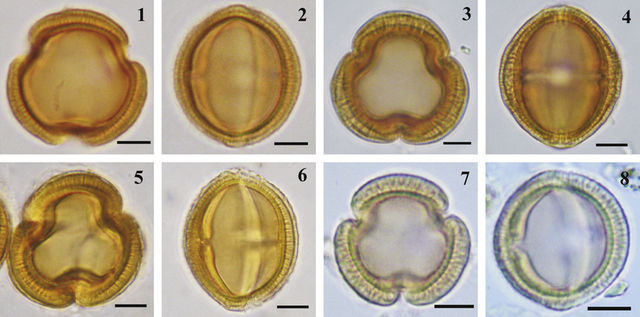
References: Fagan & Decorse (2005)
Renfrew & Bahn (1996:539 )
Muckle (2007:74)
Please Follow me for more on Archaeology and History.
Please check out my other posts:
The Aims and Subject Matter of Archaeology - Part 1
Archaeology and the Natural Sciences
Introduction to Ethnographic Analogy and Ethnoarchaeology
The Nature and Scope of Archaeology
The Three - Age System : The Stone Age, The Bronze Age and The Iron Age
The Roots of Modern Archaeology
Significant 18th and 19th Centuries Discoveries in Archaeology
Archaeology as a Profession- Part 2
Archaeology as a Profession- Part 1
To Become or Not Become an Archaeologist? - Introduction to Archaeology Part 2
Please Upvote and Resteem.
Thank You!
good information
Thank you for the information
This was a very useful post. I did not know the difference between a monolith and a megalith. My sister is a paleonthologist so Im very fond of this topic. The pictures were also very well arranged,
Keep the good work. Hope to see more from you. Feel free to check my blog and tell me what you think @zest
Very enjoyable and easy for the public to understand.
Awesome.
Very informative Archaeological info. thanks